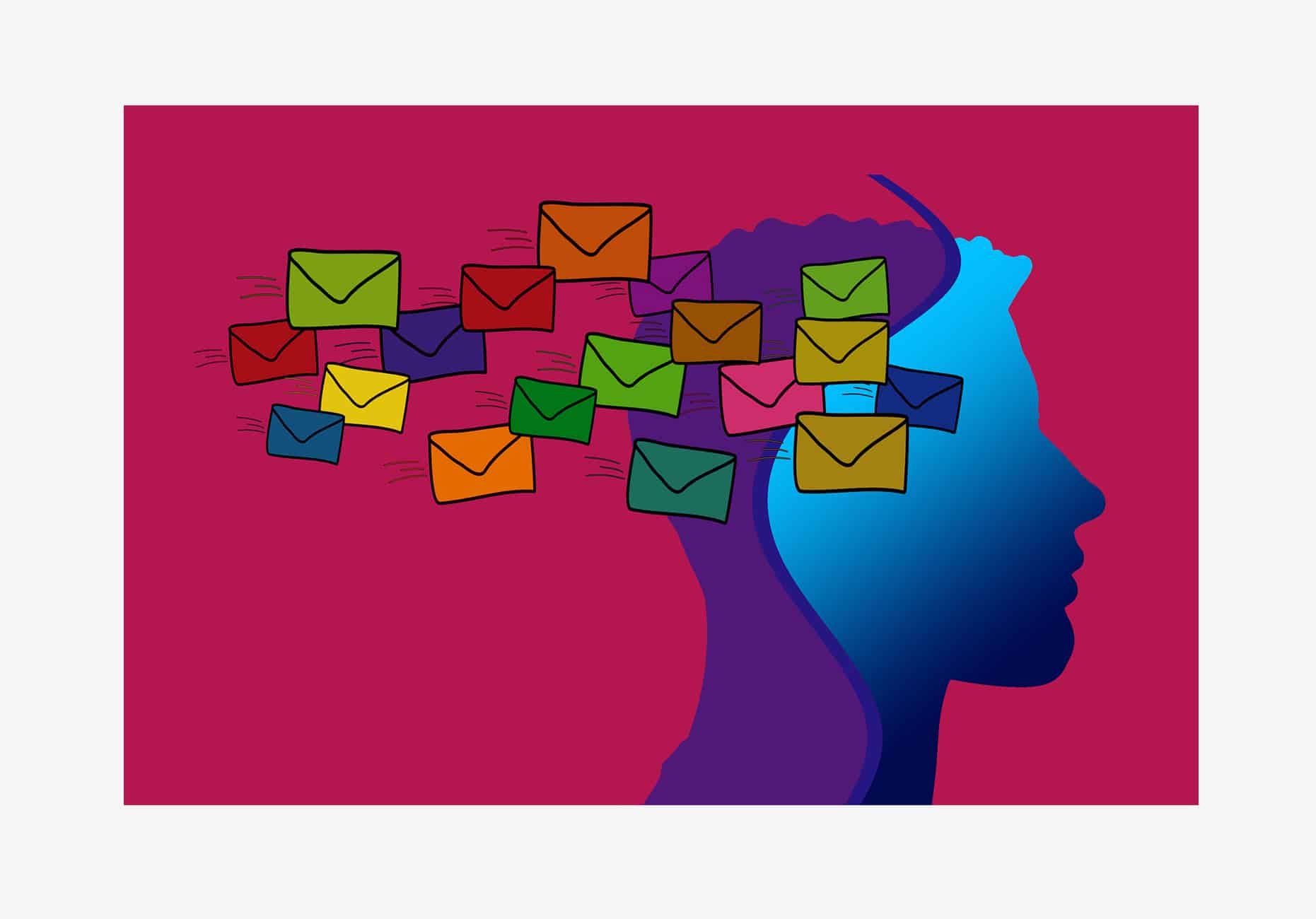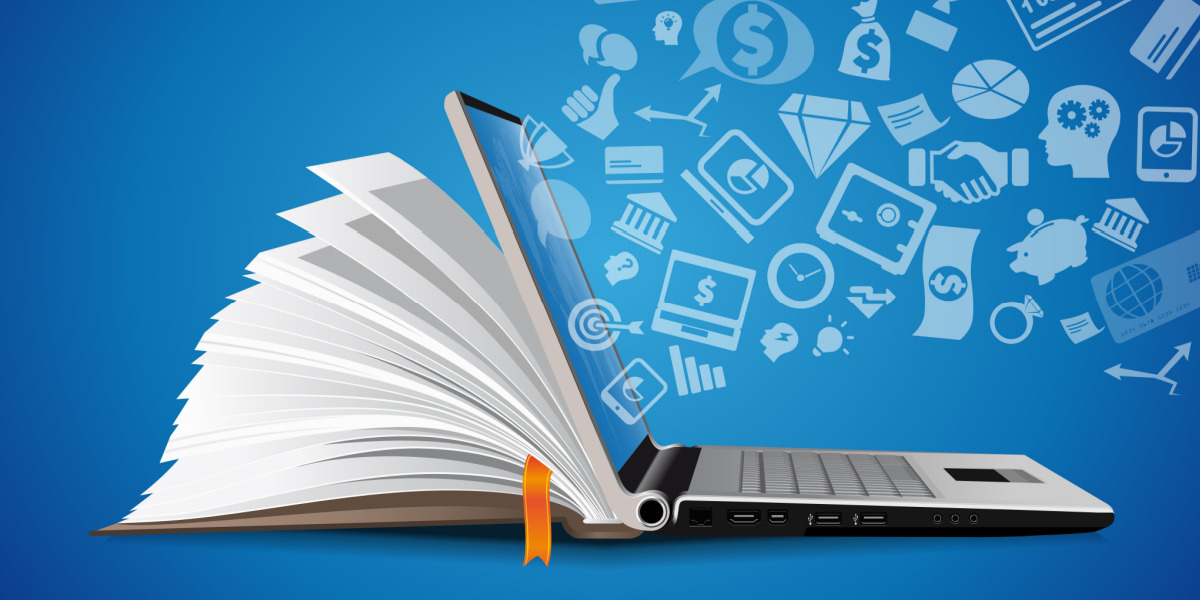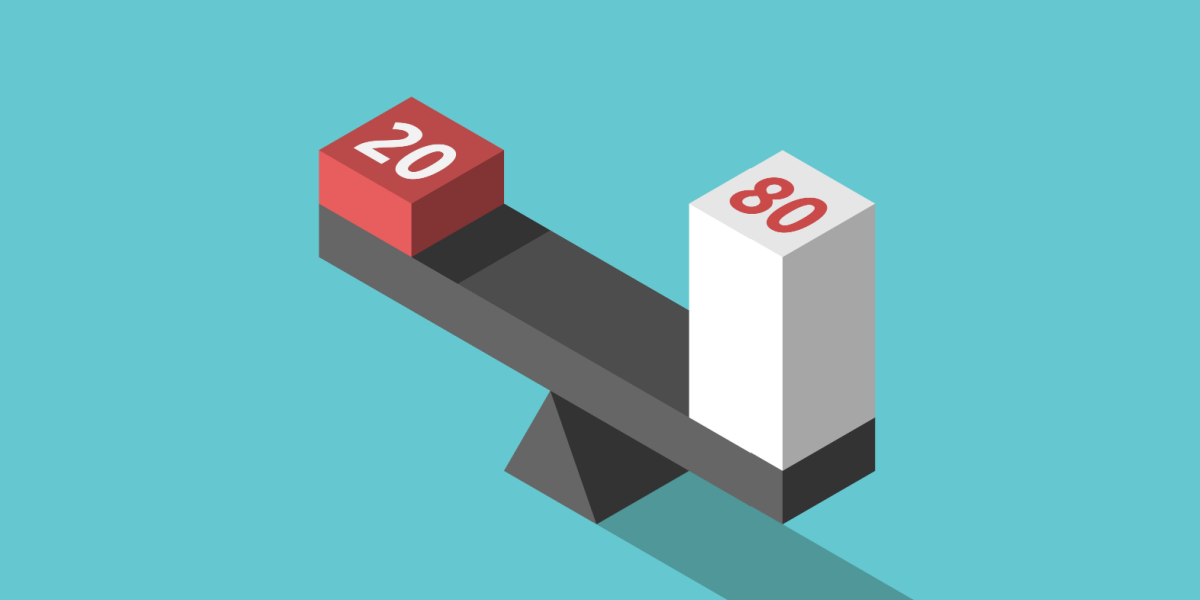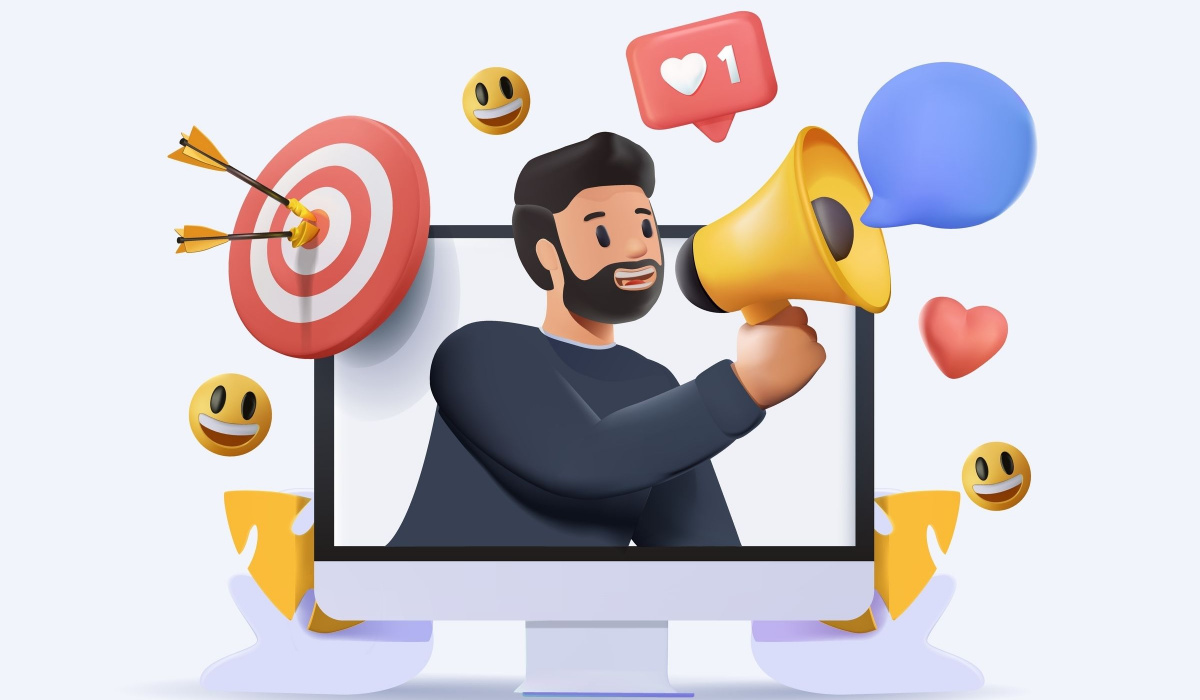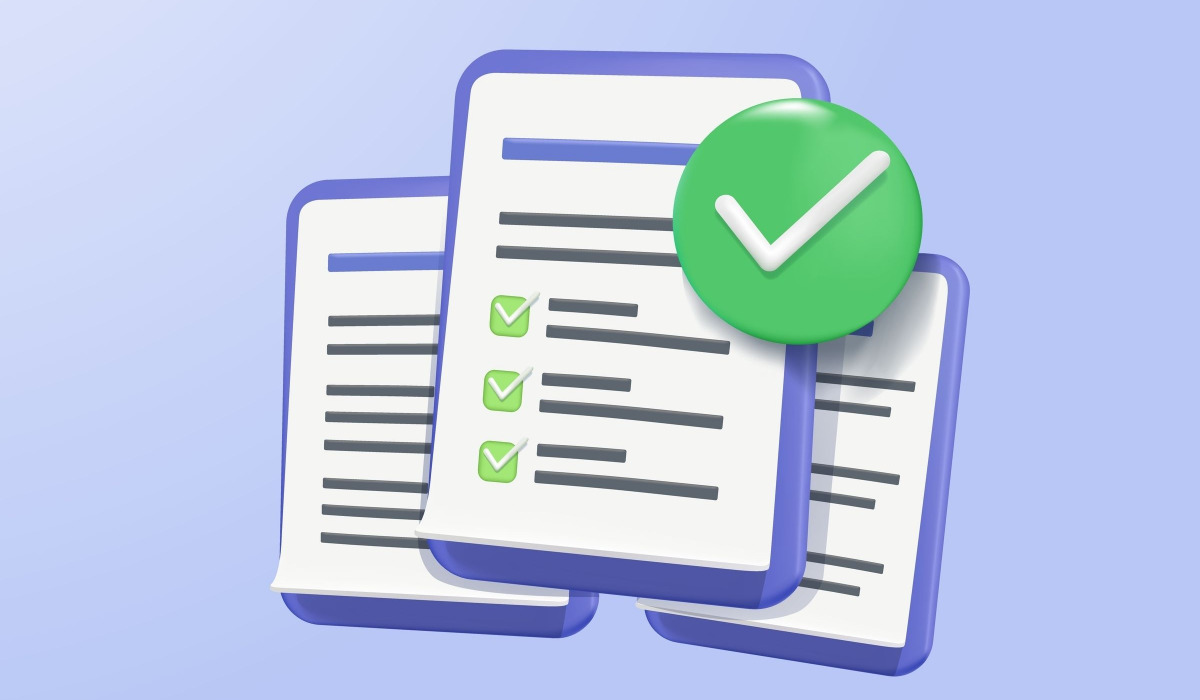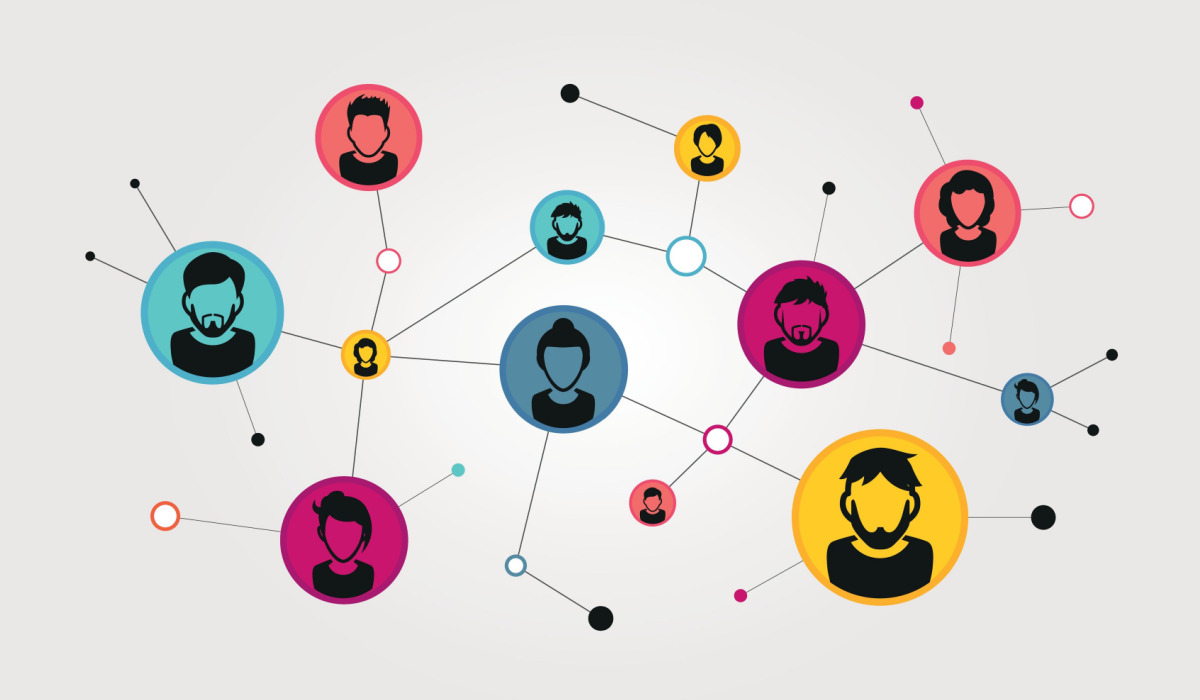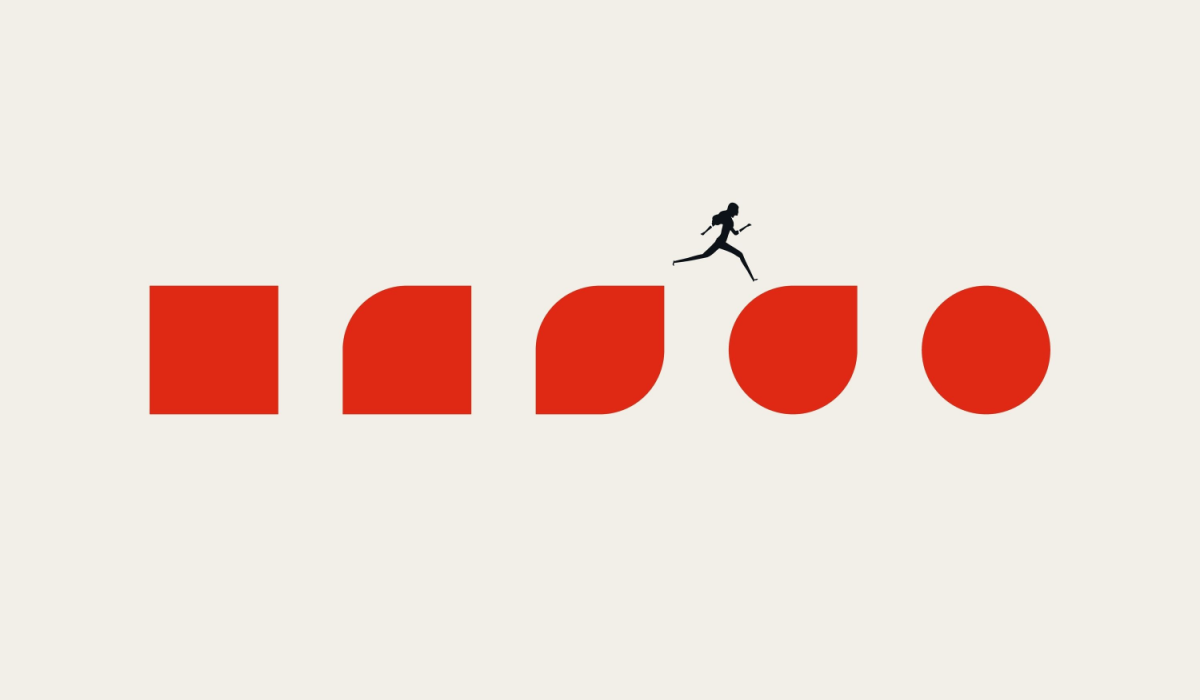Email overwhelms and irritates most of us, and our solutions to out-of-control inboxes are typically not helpful. Most people either obsess over it, use it sporadically, or avoid it entirely, all of which defeat email’s purpose as a communication tool. We need a better solution.
Maybe you never look at it, just check it every so often and can’t be bothered to answer most queries. Or you don’t open it at all and watch the number go up and up on your phone’s icon. If you do either of these, there’s a problem.
Part of the problem is that we were never given any training on email. We were just given an email address and no operating instructions. Can you imagine the result of giving people the keys to a car, without telling them how it works or how to drive responsibly? We’d all end up driving on the wrong side of the road and honking at green lights.
That’s basically what we are doing with email. As a result, most people use it incorrectly, which escalates our frustration in an already overburdened work day.
I’m going to offer you a user manual of sorts—a concrete set of tools and rules, combined with some basic productivity principles, that can end your fraught relationship with email management.
Not only that, but by honing the skills that allow you to get your email under control, you’ll also be honing your overall productivity and decision-making in a way that will have cascading benefits on your work and personal life.
Watch this video for tips on how to get your inbox to zero in three steps:
Mastering Email Means Mastering Decision-Making
The first thing I usually tell people who want to improve email management is, “You don’t have an email problem; you have a decision-making problem.”
Now, this response is not meant as a criticism, it’s meant to illustrate the fact that, more often than not, we don’t recognize email for what it is—a foundational communication tool that allows us to practice delegation. We can use it to get better at our work and what we do day to day (outside of email), rather than thinking it has us tethered to it with no end in sight.
The positive message I have for you is this: Once you are able to manage your email, you can manage anything.
Look, here’s the truth, managing a chaotic email inbox is not easy. There are a lot of successful people who either never manage their email or just don’t have it at all. John Paul DeJoria is the founder of Paul Mitchell hair products and the premium tequila brand, Patron, among other ventures. He’s worth $4 billion and the man has never had an email address or owned a computer. He says he would be so inundated, he would never get any work done! DeJoria does all of his business in person or on the phone, and his philosophy is to “pay attention to the vital few and ignore the trivial many.” I’d say that ideology has worked out pretty nicely for him.
There are also people whose assistants handle all their email and that’s fine too. But if you are trying to master email management and you are not doing it, it can be symptomatic of larger decision-making and productivity issues.
Productivity is difficult to master in today’s digital age.
Humans have not biologically evolved quickly enough to keep up with our technological advances in communication. It’s unrealistic to think we should be able to manage the constant barrage of information and stimuli that come at us in any given day. Our brains can’t process all of the stuff coming in, so they shut down in response.
Most of the incredible communication tools we have at our disposal — cell phones, instant messaging, social media platforms — have become leashes and obligations, rather than the tools they are intended to be.
Email is considered by many to be a drag, but it’s really the ultimate paradigm shift in communication, especially when it comes to work and business. When used properly, it is one of the greatest productivity tools ever invented. There’s no other communication resource available that is completely free, enables you to be instantly in touch with people around the globe, share images and documents, and file it all. And yet, look at how much of a distraction and a hindrance it is to so many people!
One big reason is that technology tends to amplify individuals’ and institutions’ tendencies. If you have good habits, technology can make them better. If you have bad habits, it will intensify those habits.
In other words, The way we do anything is the way we do everything.
So let’s take a look at how you manage, or don’t manage your email. You’ll find the process can enable you to get better at delegation and sharpen your ability to categorize and prioritize.
To Manage Your Email, First Embrace Your Only 3 Options
I’ve developed a system for email management that I call “Inbox Zero.” But it’s actually a matrix for managing decisions in general. All you have to remember is a few words that start with “D.”
Delete
Do
Defer
The key to this matrix is understanding that those are the only three decisions you should ever have to make in any situation. Either it’s a no, do it now, or you defer it to a more effective time. It’s a way of making decisions that apply to anything we do, whether it’s somebody asking you to work on a new project, or to enter into a new agreement, or to decide where to go for lunch. We don’t have to contemplate 50 options every time, because there are only three.
Delete: Discard emails that have been dealt with and are no longer relevant. And by delete, I mean archive, not send to the trash. Archived items are still searchable, just not seen.
Do: These are items that need to, and can be, processed immediately (ideally five minutes or less). Here are some examples of emails that fall under “do”:
- Quick questions
- Time-sensitive business emails
- Scheduling emails
- Family emails
“Do” also includes emails that can be delegated to others.
Defer: Last but not least, “defer” emails are those that require action, but now is not the right time. More extensive projects and more extended responses usually fall into this category. Followup.cc offers an excellent service that allows you to send emails to yourself at a later date.
Multitasking is a Myth: You Can Only Do One Thing at a Time
So that’s the first part of deconstructing our relationship with email. It’s a lot to take in, but I’d like you to simply try to embrace the odd notion that your limited number of options is really a form of liberation.
Next comes the idea that it’s cognitively impossible to achieve anything productive when you can’t commit to a clear course of action.
We are scientifically designed to focus on one thing at a time. Therefore multitasking is not an activity the human brain is capable of handling. The neurological term for multitasking is “context switching.” When we attempt to multitask we actually switch back and forth between tasks so quickly, we physically exhaust our brains.
People have tried to “game the system” by combining low focus activities with high focus activities to train the brain to be better at context switching, like checking your emails while combing through a spreadsheet. Interestingly, women are marginally (2%–3%) better at context switching than men, but generally speaking, switching back and forth between tasks is mentally exhausting.
This is why running on a treadmill tends to be more tiring than running outside. A treadmill offers more stimuli to keep track of: calories burned, time, heart rate, incline and a variety of other information blinking and beeping at you. It’s a lot to take in when you’re trying to blow off some steam!
Once you realize that true multitasking is a myth, you can work on focusing on one thing at a time, which will increase your productivity. In the next section I will discuss a tried-and-true productivity principle that can help you manage your emails and also your life.
Applying the 80/20 Rule to Manage Your Email Inbox
As I mentioned earlier in this article, it’s also crucial to look at your email management issue as just a symptom of a larger productivity problem. There are plenty of things you can throw at it, but it’s like taking Advil because your knee hurts…again. Yes, you will feel better, but you won’t be dealing with the underlying issue of a complete lack of connective tissue. You need to get that fixed, not just hide the symptoms.
So now that you have a basic foundation for organizing your emails, I want to share with you my version of the 80/20 rule. I know, you’ve probably heard a lot about the 80/20 rule. By know it’s practically gospel in the startup and productivity world. But there’s a good reason for that.
The 80/20 Rule, also known as the Pareto Principle, promotes identifying the things in your life that give you the most bang for your buck. Pareto was an Italian economist and an avid gardener. The story goes that he was surveying his plants one day and noticed that 20% of his pea plants produced 80% of the peas.
He was enchanted by this concept and scratched a little further to discover a similar phenomenon occurred within the economy: 80% of the land was owned by 20% of the population. He surveyed other countries as well and found a similar ratio applied. The take home is that most things in life are not distributed evenly, and this knowledge can be applied in a number of ways.
The 80/20 Rule fits into a concept I call “Less Doing, More Living,” because I believe that 20% of your effort and resources should be devoted to work, while the other 80% should be allocated toward rest, relaxation, and personal development. In that vein, I spend 80% of my time with my family, exercising, eating, reading, sleeping or learning. Because I’ve made the choice to spend my time this way, I’m forced to figure out ways to be ultra-productive when I am working.
Want to learn more about the Less Doing, More Living system?
Yes, I’m Interested In Learning How To Achieve More While Doing Less!
So what are the things that require the least amount of effort but have the greatest return on investment?
In business, this rule means that 20% of your clients are responsible for 80% of your income. The other 80% of your clients are essentially gobbling up your time and energy with no return. Pareto (and Tim Ferriss) would argue that you should cease paying attention to that 80% and concentrate solely on the 20% that is making you the most money.
Using the Pareto Principle to Get to Inbox Zero
If you apply this principle to your email inbox, you could easily eliminate around 60%-75% of the volume, as these emails are likely not contributing to your greatest goals. How do you implement this?
One example is to set a filter to file every email that contains the word “unsubscribe” into an “optional” folder. That way, all of those emails—which will include any newsletters or automated messages—will immediately bypass your inbox, thereby greatly reducing the feeling of overwhelm.
You can create any number of other filters that will snag any emails you know are only optional to deal with. The lower number of unopened emails taunting you allows you to focus on the messages that are of the highest importance.
This practice differs from using something like SaneBox, which is an email management software program that integrates with IMAP and Exchange Web Services (EWS) email accounts. SaneBox’s primary function is to filter messages that it algorithmically deems unimportant into a folder for later processing. But the filter creates two different buckets in which you operate differently. So, in essence, you now have two piles of unopened mail to sort through. This can still contribute to feelings of overwhelm because you haven’t prioritized the emails.
Your inbox is a place for work, for productivity, and for getting things done. Using the Pareto Principle, the optional folder holds emails that do not require your immediate attention, allowing you to focus on the emails that are most important—the ones driving your results. The beauty of this system is that just knowing all of the emails in your optional folder are optional, you can fly through them much faster when you’re ready to give them your attention.
So when I look at my inbox, I can quickly determine first: what I can simply discard; what I can deal with by delegating to one of my team members; and what items I’m going to defer to another time, when I can give the situation more of my attention. No other choices, no other options. Delete, Do, Defer.
We discussed Inbox Zero earlier in this article, but here is what the full process may look like when taking into account the Pareto principle:
- Every time you sign in, process your email according to the 3Ds (Delete, Do, Defer).
- Consolidate your current folders. You don’t need more than an inbox and an optional folder.
- Create an optional folder by filtering anything with the word “unsubscribe.” This separates the essential from the optional. This way, you are starting with a more streamlined version of your inbox (Thanks Pareto!).
- Archive anything older than 14 days. You probably don’t need it anymore.
- Attend to the emails that need to/can be processed immediately (ideally 5 minutes or less).
- Set up a scheduling tool like Calendly or ScheduleOnce and a follow-up tool like Followup.cc or Followupthen.com if your email tool doesn’t have these functions built in. This will allow you to handle the “defer” emails.
- You can then process the optional folder when you have time.
If you apply the practice first to your email, you can efficiently get to Inbox Zero. Then as you maintain Inbox Zero, you will start to feel the relief that comes along with that practice.
Click below to learn more about the Less Doing, More Living system (includes the Inbox Zero system) and get control of your email inbox–and your life.
Yes, I’m Interested In Learning How To Achieve More While Doing Less!
It’s Time To Manage Your Email…And Your Life
Look at this exercise as an opportunity to change your perspective. If you view email as this horrible thing, you’re not going to want to engage with it at all. If you change your perspective about it entirely, all of a sudden it becomes something useful.
Most people look at email, phone, text message, and instant messenger as if they’re leashes that anyone in the world can use to pull on you whenever they want. But you can change your mindset to embrace the fact that these are great tools with which to communicate with the world. It’s not that you’re making yourself available, it’s that you’re making resources available to you.
What email management hacks, tips and strategies do you use? Also, let me know if you have any questions. I am happy to help.
